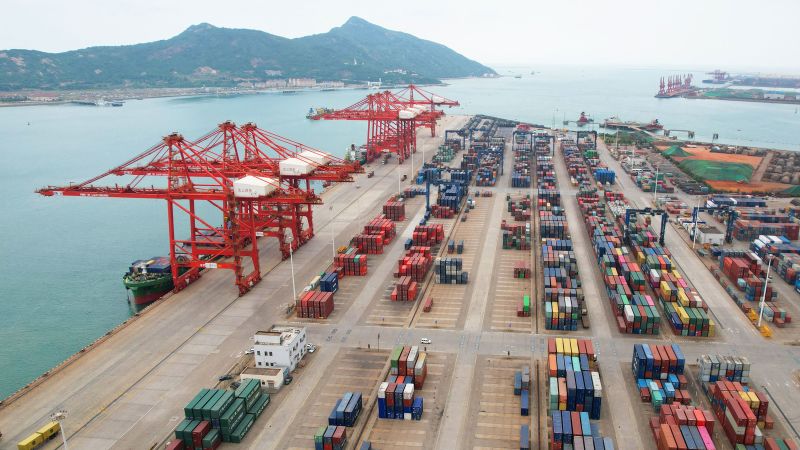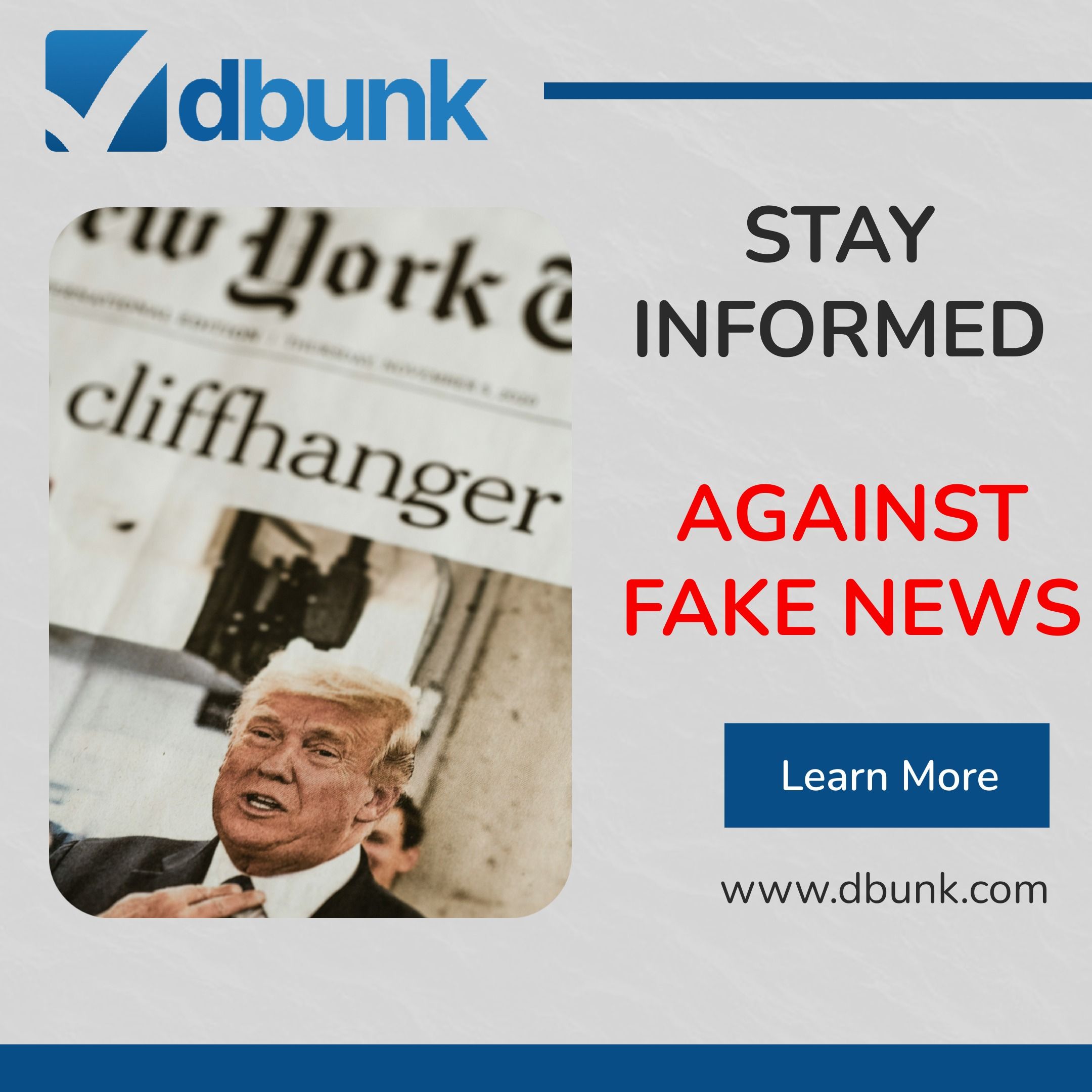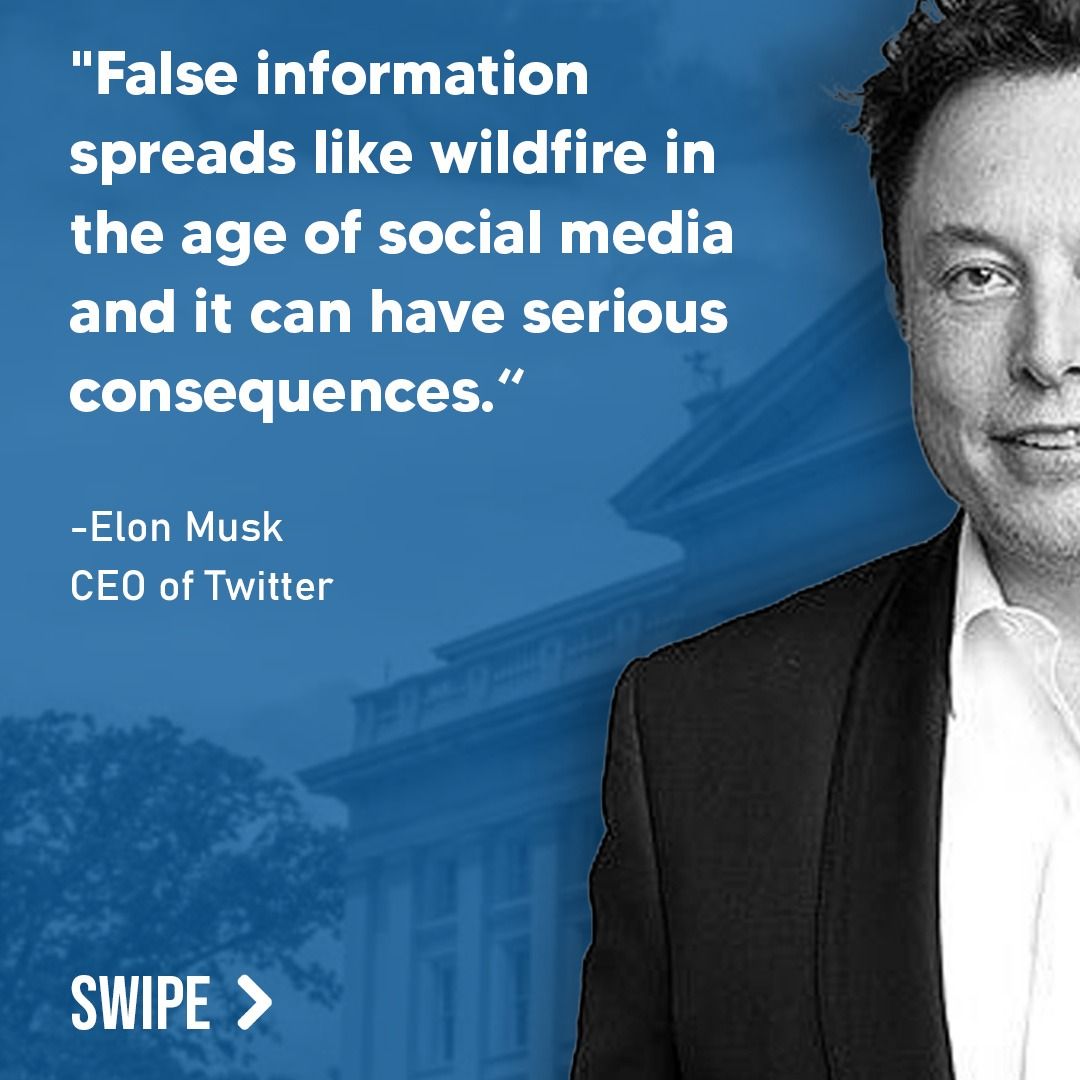
Fact Check Analysis: Trump’s Sudden Push for New Tariffs on China
At DBUNK LLC, we received this fact-check request from one of our users, and we’re here to dissect the claims, provide vital context, and uncover the truth behind the sudden tariff announcement made by former President Donald Trump. Remember, you too can submit your fact-check request for free, and we’ll get to work uncovering the facts for you.

The CNN article, “Trump threatens China: More tariffs are coming on Feb. 1”, written by David Goldman, outlines President Donald Trump’s announcement about a proposed 10% tariff on Chinese goods. While the article conveys an urgent tone and logical progression of events, a closer look reveals some inconsistencies, missing context, and potential misrepresentations that need to be addressed.
Analyzing the Key Claims
Claim 1: Trump stated in a press conference that he is considering a 10% tariff on all Chinese goods due to fentanyl being funneled from China through Mexico and Canada.
Fact Check: This claim requires scrutiny. Trump’s reasoning linking fentanyl trafficking from China as a direct cause for imposing a tariff lacks proper documentation or evidence in the article. While it is true that the U.S. has previously highlighted China’s role in fentanyl production and exports, the article does not provide government reports or data supporting the assertion that fentanyl is entering through Mexico and Canada in such quantities as to warrant new tariffs. This framing creates a misleading causal connection between two independent issues.

Claim 2: Trump’s statement that former President Joe Biden failed to follow up on a deal with President Xi to impose the death penalty on drug dealers.
Fact Check: This claim rests on a significant lack of evidence. There is no verifiable documentation or reports suggesting that such a formal arrangement between Trump and Xi existed during Trump’s first term, other than Trump’s repeated claims during campaign speeches. Without evidence, this allegation qualifies as political rhetoric and not a factual assertion. Furthermore, the article does not provide corroborating information regarding Biden’s purported inaction on this alleged deal, giving readers an incomplete picture.
Potential Missing Context and Bias
There is also a broader context missing in the article with respect to Trump’s shifting trade priorities. On Monday, Trump redirected his tariff rhetoric toward Mexico and Canada, but according to the article, pivoted to China on Tuesday with different reasoning. The rapid change could stem from political strategy, but the article does not delve into potential motivations behind the shift. This leaves readers questioning why Trump avoided mentioning China earlier and why the tariff threat emerged so suddenly after warning Mexico and Canada. The lack of analysis into his political or strategic motives presents an incomplete portrayal.
Additionally, the framing of Trump’s off-the-cuff remarks tends to dramatize the matter without offering substantive evaluation of policy impacts. For instance, the article mentions Trump’s past proposal for a 60% tariff on Chinese imports but fails to inform readers of the impracticality and widespread criticism of such policies. By omitting critical perspectives from economists or trade analysts, the article doesn’t adequately explore the consequences of Trump’s tariff threats, such as effects on inflation, American consumers, or global trade relations.

Responding to the User’s Question
The user asked, “Why is Trump suddenly pushing for new tariffs on China when he seemed to avoid mentioning them just a day earlier? What’s the real reason behind this shift?”
The article suggests fentanyl trafficking and a conversation with President Xi as Trump’s primary reasons but provides insufficient evidence for these claims. A plausible explanation, unexamined in the report, could be Trump’s strategy to garner public support or distract from other pressing domestic issues. Historically, Trump has used tariffs as a political tool to reinforce his tough stance on foreign policies. This shift could also be a tactical move to solidify his economic platform as the 2024 election cycle continues. Without deeper investigative reporting, the “real reason” remains speculative.
Conclusion
The CNN article is a mixture of reported facts, speculative assertions, and missing context. It accurately captures Trump’s public statements but leaves critical questions unanswered, particularly regarding the motivations and potential consequences of his policy shift. The absence of key data and the lack of explanatory depth result in an incomplete and potentially misleading narrative.
To navigate misinformation and get the full picture, download the DBUNK app today. Our team works tirelessly to uncover the truth and provide clarity for readers like you.


